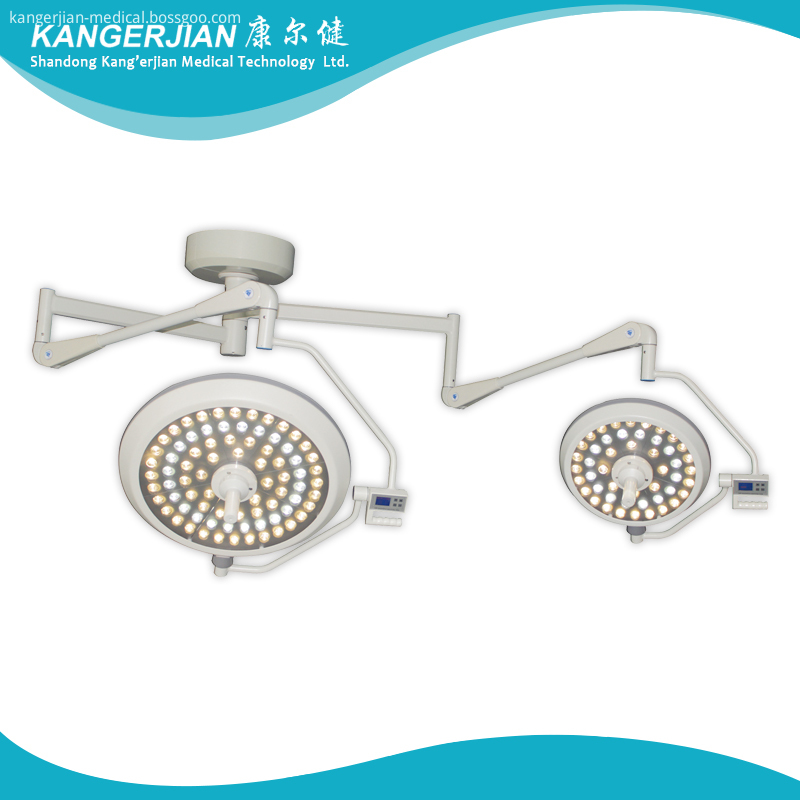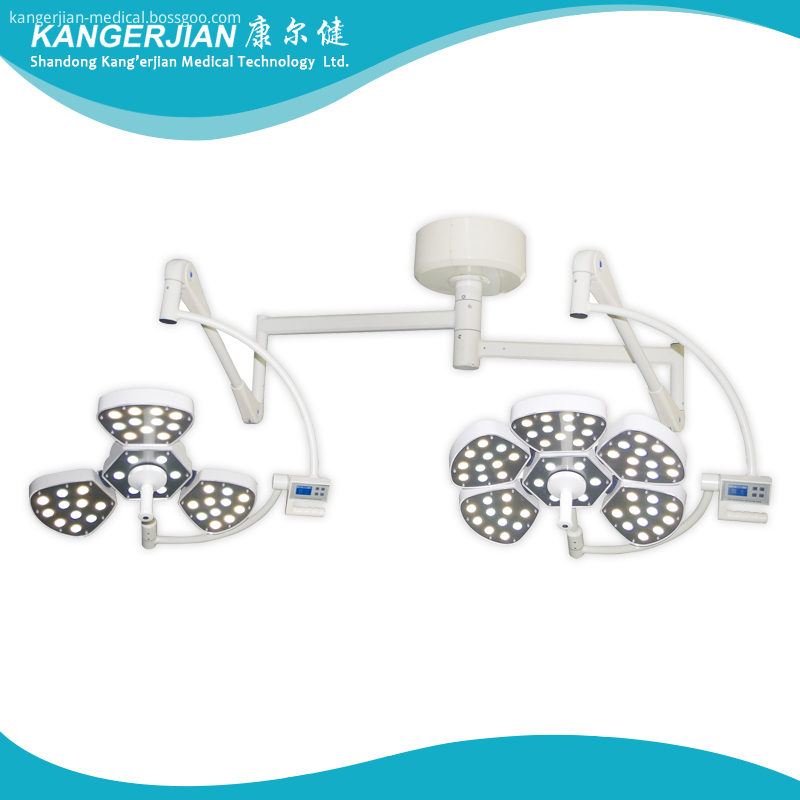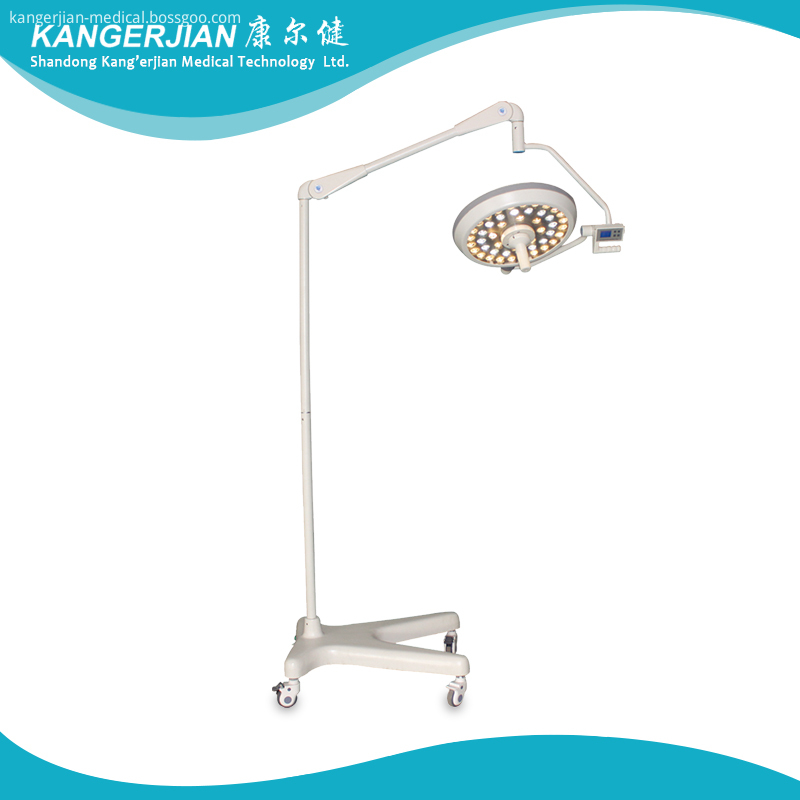Breeding ducks generally refer to young ducks 5 to 16 weeks of age or 18 weeks of age prior to opening. This stage is called the breeding period. ã€Features of bred ducks】 1. For example, the weight gain of ducks increases rapidly. From the weight of the Shaoxing ducks and the growth law of feathers, it can be seen that the absolute increase of body weight rapidly increases after 28 days of age, peaks at 42-44 days, decreases gradually from 56 days, and then tends to Steady growth, weight to 16 weeks of age is close to adult weight. 2. The feathers grow rapidly. The ducks are still taken as an example. At the end of the brooding period, the ducklings are still covered with fluff. The brown-red sparrow feathers are about to grow. By the time of 42-44 days, the feathers on the chest and abdomen have become long and smooth. Achieving a "slide bottom", 48-52-day-old young ducks have reached "three-faced light," and the main wing feathers have grown from 52 to 56 days of age, and the abdomen of 81 to 91-day-old ducks has been replaced with a second new feather, 102 days. The duck body plumage is long and the main wing feathers of both wings have been “crossed the wingsâ€. 3. After 10 weeks of sexual development in young ducks, follicles on the ovaries grow rapidly during the second moult. After 12 weeks of age, the development of sexual organs is particularly rapid. Some young ducks reach 90 weeks of age. Only began to lay eggs. In order to ensure the full growth of the young duck's bones and muscles, it is necessary to strictly control the sexual maturity of the young ducks, which is very necessary to improve the performance of future egg production. 4. With the increase of age, adaptable young ducks have increased their ability to regulate body temperature, and their ability to adapt to changes in outside air temperature has also increased. At the same time, due to the feathers, the ability to keep out the cold has also gradually increased. Therefore, young ducks can be reared at room temperature, and the rearing equipment is relatively simple and can even be raised in the open air. With the increase of body weight, the young ducks also increase their digestive organs, increase the volume of stored feed, and increase their digestive capacity. The young ducks in this period showed strong omnivores and could make full use of natural animal and plant feed. During the breeding period, fully utilize the characteristics of the young ducks, carry out scientific feeding and management, strengthen exercise, and increase the viability; make the growth and development neat; the opening period is the same, and lay a good foundation for high production and stable production during the laying period. ã€Feeding methods for rearing ducks】 According to China's natural conditions and economic conditions, as well as the breeds reared, the main feeding methods are as follows: 1. Grazing reared our country's traditional feeding methods. Due to their good gregariousness and strong foraging ability, ducks can snorkel on shallow, deep waters on land, in mountainous areas, and in the water to feed on various natural plant and animal feeds. Grazing and rearing can save a lot of feed and reduce costs, and at the same time, the ducks get a good exercise and enhance the physique of the duck. According to China's natural conditions, grazing and rearing can be divided into farmland, lakes, rivers and ponds, ditch grazing and beach grazing. The use of grazing methods will be less and less applied in large-scale production. 2. The whole breeding process of rearing reared ducks is always carried out in the duck housing, which is called full house feeding or confinement. Generally used in thick duck bedding (feedstock), or raised on the ground or raised on the ground. As eating, drinking, exercise, and rest are all carried out in the duck house, feeding management is stricter than grazing. There must be a drinking water and a drainage system in the home. When using litter, the litter should be thick, it should be turned loose frequently, if necessary, turn over the sun to keep the litter dry. Areas with high groundwater levels are not suitable for thick litter feeds. They can be raised on mesh or plowed ground. These two types of ground are more than 60 cm taller than duck grounds. The ground of duck houses is paved with cement and has a certain slope. (falling 6 to 10 cm per meter), easy to remove duck dung. The meshed floor is best made of plastic-coated wire mesh with meshes of 24 mm and 12 mm. The grid-like ground can be used with a width of 20 to 25 mm, a 5 to 8 mm thick wood strip or a 25 mm wide bamboo strip, or alternatively made of bamboo. With a 15 mm void gridded floor, these structures must be assembled for flushing and disinfection. The advantage of this rearing method is that it can artificially control the rearing environment and is less constrained by natural factors, which is conducive to scientifically raising ducks to achieve stable yields and high yields. Because of centralized feeding, it is easy to transition to intensive production, and at the same time it can increase the amount of breeding. Improve labor efficiency; improve the survival rate by not grazing outside and reduce the chance of parasitic diseases and infectious diseases. This method raises the cost more. 3. The half-fed ducks were housed and kept in duck houses, land sports grounds and water sports grounds, and were not grazing outside. Eating and drinking water can be set up inside or outside the house. Drinking water systems are generally not provided, and feeding and management are not as strict as full-fledged care. Its advantages are the same as full-fledged breeding, reducing the source of disease transmission and facilitating scientific feeding and management. This type of feeding is generally combined with fish ponds to form a virtuous circle. It is one of the main methods adopted by our country's current ducks. [Rat breeding duck management] 1. The feed and nutrient incubation period compared with other periods, the nutritional level should not be high, the feed should be rough should not be fine, the purpose is to make the bred duck get full exercise, so that long ducklings skeleton. Therefore, the metabolisable energy can only contain 11 297 to 11 506 kJ/kg, and the protein is 15% to 18%. Half-circle ducks try to use green feed instead of concentrate feed and vitamin supplements, which account for about 30% to 50% of the total feed. Green feed can make use of natural water plants, and protein feeds account for about 10% to 15%. 2. Limiting feeding grazing ducks Because of the large amount of exercise, energy consumption is also large, and they are constantly looking for food every day, the whole process is a good limit to the feeding process, but when the feed is insufficient, attention should be paid to limiting the supplement (feeding) . Confinement and half-circle ducklings must pay attention to restrict feeding, otherwise it will have adverse consequences. Restricted feeding generally starts from 8 weeks of age and ends at 16-18 weeks of age. When the duck's body weight meets the appropriate body weight at each stage of the breed, there is no need for limited feeding. Which method is used to limit feeding, and various duck farms can be determined according to feeding methods, management methods, laying duck breeds, breeding season, and environmental conditions. Regardless of the type of restricted feeding method, it must be weighed before the restriction, and once every two weeks. The entire restricted feeding process consists of three parts: weight (weighing)-grouping-feed quantity (nutrition needs). The body weight is controlled within a certain range. For example, the weight of a small duck before its opening can only be 1.4-1.5 kg. Over 1.5 kg is overweight, which will affect its egg production. 3. Grouping and density grouping can make the ducklings grow and develop in a consistent manner and be easy to manage. Another reason for grouping during the rearing period is that the ducks in the rearing stage are very sensitive to the external environment, especially when the hair density is high, when the rearing density is high, crowding each other can cause disturbances to the ducks and injure newly grown feather shafts. Bleeding, or even trampling each other, will lead to stagnation of growth and development, affecting the rate of future production and egg production. Therefore, the ducks in the rearing period are bred according to their size, strength, and male-female groups. Generally, 500-1,000 birds per group are grazing, while 200-300 ducks are mainly housed in a small column. The stocking density differs depending on the breed and age. Generally 5 to 8 weeks old, about 15 eggs per square meter, 9 to 12 weeks of age, about 12 per square meter, about 10 per square meter from 13 weeks of age. 4. The length and intensity of light illumination is also one of the ways to control sexual maturity. The bred duck should have a short illumination time and should not be long. Conditional duck farms, bred ducks from the age of 8 weeks, 8 to 10 hours of light each day, the light intensity of 5 lux, other time available 朦胧 light.
Imported French lens
mould Die-casting Eight edge type Revolving arm
Each LED can be replaced individually, which guarantees maximum economy.
Configuring lightweight balance arm suspension system ,six groups universal joint linkage ,mobile, lightweight positioning and stablibity .A 360°all-round design ,can meet the need for surgery in different heights and angles.
color temperature constant, soft, very close to the natural sun light.
The use of liquid crystal display button control, to meet the needs of the medical staff of different patients with the brightness of the operation.



LED Operating Light
LED Operating Light,Portable Operating LED Light,Surgical Operating LED Light,LED Surgical Light
Shandong Kang'erjian Medical Technology Ltd. , https://www.operatingtable.nl


